
Hawkish vs Dovish: Differences in Monetary Policy
You may have heard that “Janet Yellen was a dove” while “Jerome Powell has been a hawk” in recent quarters. What do these birds have to do with these Federal Reserve Board Chairs?
The terms hawkish and dovish refer to different views on the way monetary policy should influence the economy.
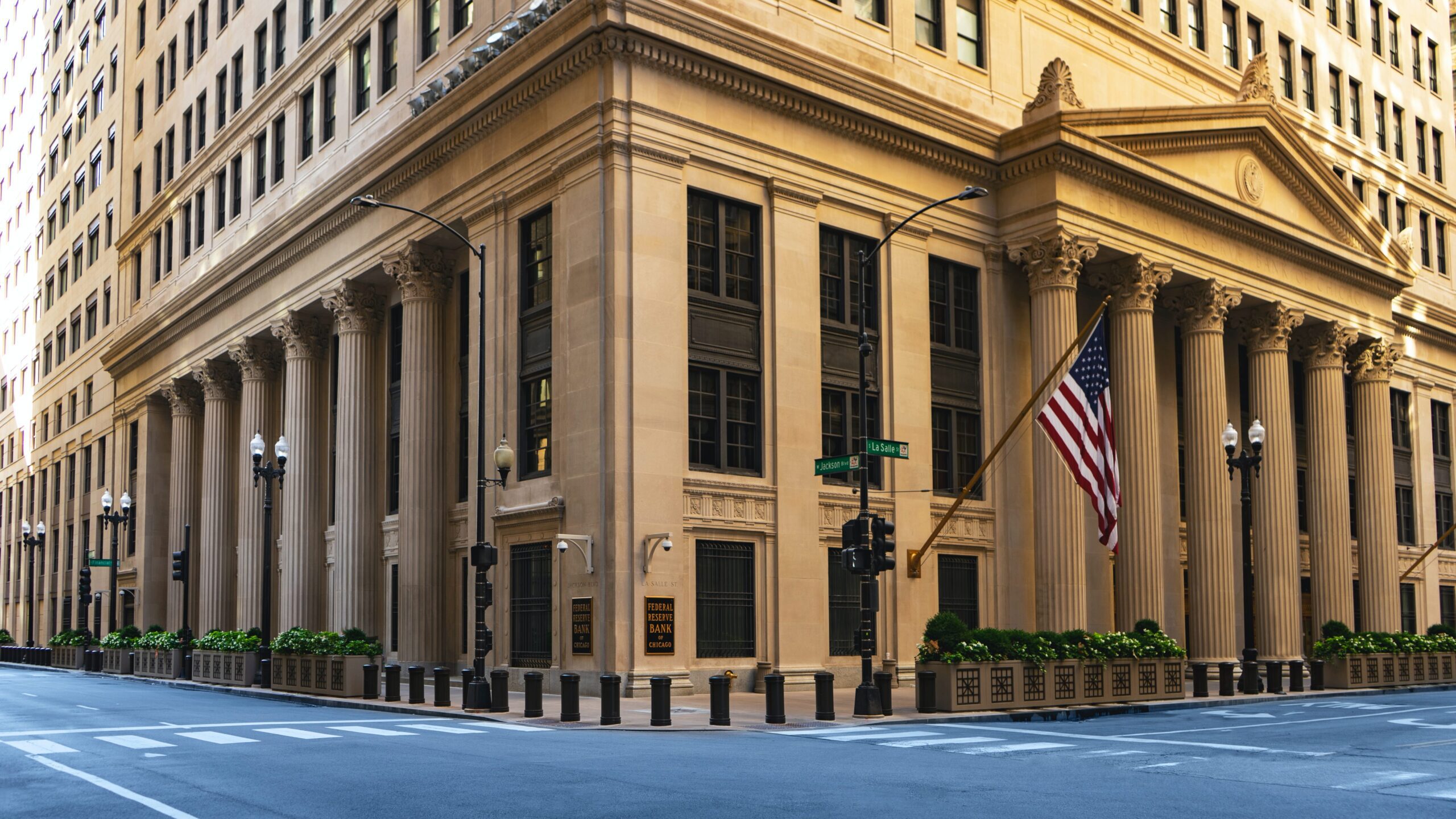
At the root of the dove v. hawk dichotomy is the central bank’s dual mandate: stabilizing prices and maximizing employment. Pursuing both goals requires a balancing act, as the tools to control them are often at odds. A predominant focus on controlling inflation is hawkish while a primary focus on maximizing employment is dovish.
These terms are often used to describe the Fed Chair, but also is used for all board members of the Federal Reserve System, especially the 12 members that make up the Federal Open Market Committee (FOMC). The FOMC is the main body responsible for setting monetary policy.
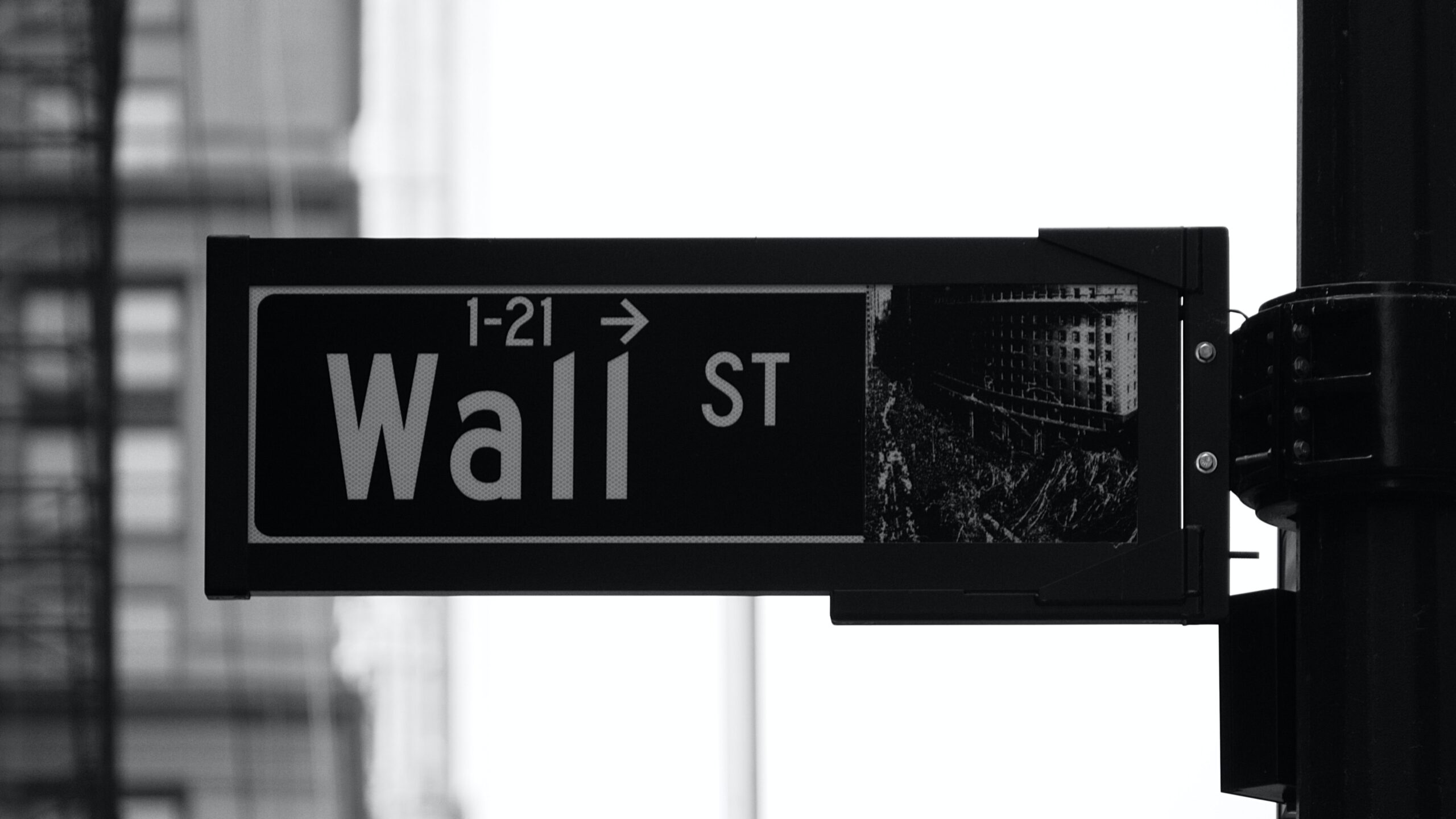
Background on Central Bank Monetary Policy
The FOMC typically meets eight times annually to review economic conditions and vote on the federal funds rate along with making other monetary policy decisions.
US monetary policy impacts a variety of economic and financial decisions everyday people make, whether they’re getting a loan, starting a company or putting more money into savings. Because the US is the largest economy in the world, national monetary policy also has significant ripple effects on the economies of other countries.
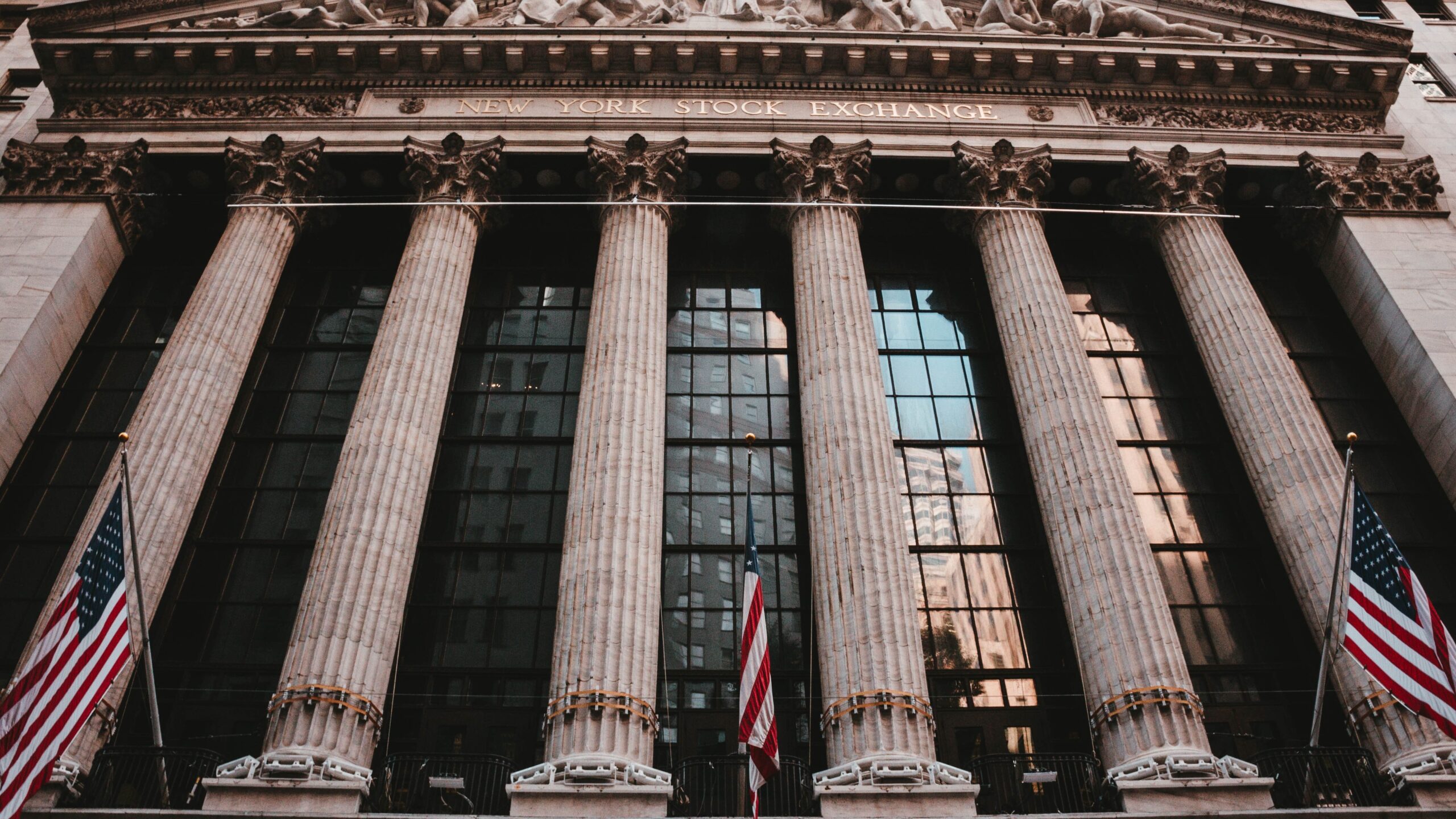
What Are the Tools of US Monetary Policy?
The Fed cannot manipulate inflation or employment directly, so instead, it utilizes monetary policy to influence businesses and individuals. Monetary policy is the control of the quantity of money available in the economy and the channels by which new money is supplied. Monetary policy tools include open market operations, interest rates, and reserve requirements.
The main tool the Fed has is raising or lowering a short-term interest rate known as the fed funds rate. The fed funds rate is the average interest rate that banks pay for overnight borrowing in the federal funds market.

Open market operations (OMO) is where the Fed buys bonds from investors or sells additional bonds to change the number of outstanding government bonds and therefore change the amount of money available to the economy.
The Fed also changes the reserve requirements or the funds that banks are required to retain as a proportion of the deposits made by their customers to ensure they have the liquidity to meet their liabilities. Raising the reserve requirement restricts bank lending and slows growth while lowering the reserve requirement releases more capital for banks to offer loans or buy additional assets.
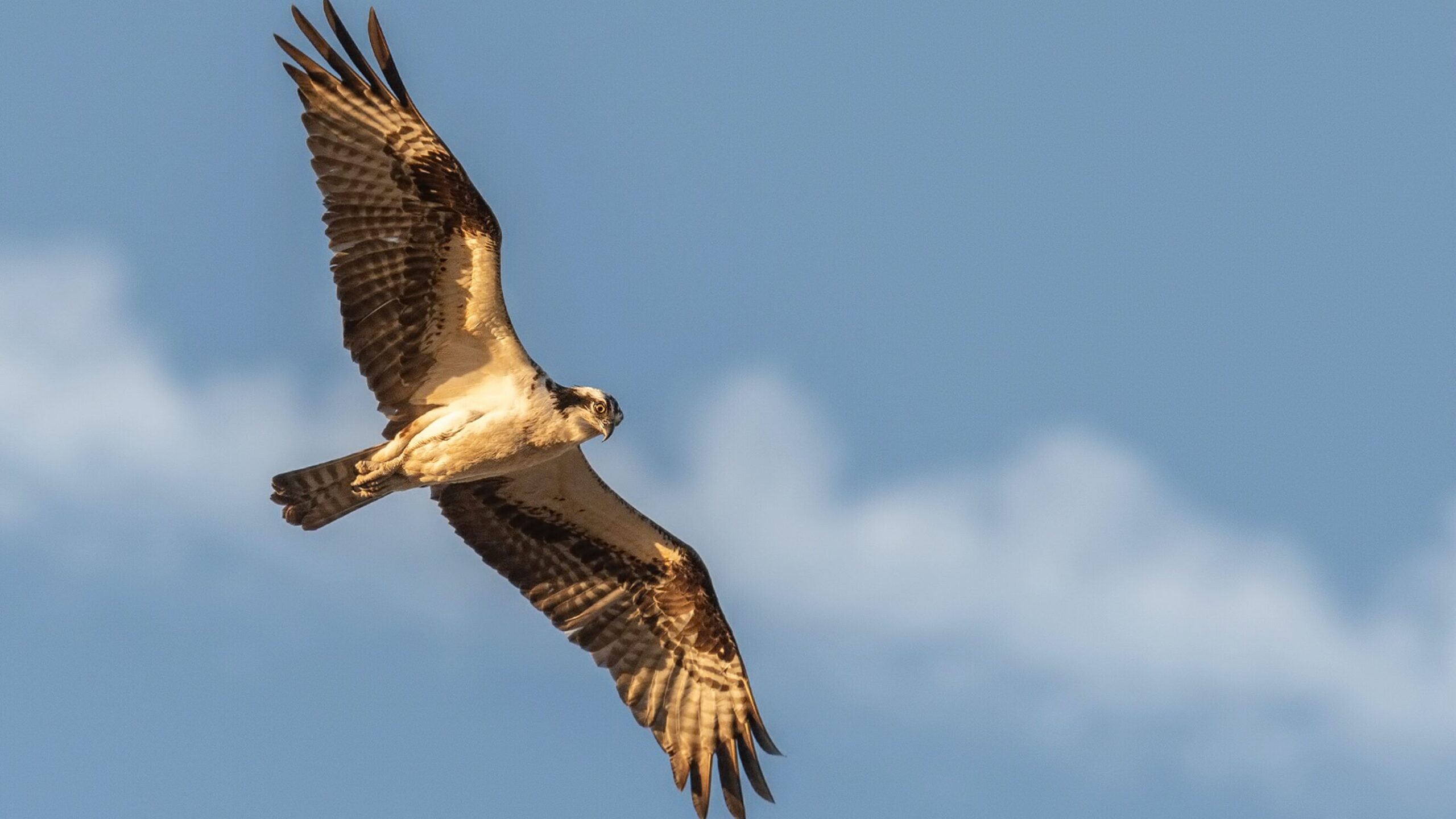
What Does Hawkish Mean?
The hawk is associated with aggressive monetary policy that is primarily concerned with the risk of inflation. A hawkish Federal Reserve makes policy decisions that strive to reduce price levels in order to avoid recession. Hawkish policies and policymakers attempt to stifle rising prices with higher interest rates and a reduction in the supply of money.
What is Hawkish Monetary Policy?
Hawkish monetary policy, or tight/contractionary monetary policy, occurs when the Federal Reserve wants to contract financial liquidity. There are several ways the Fed can do this.
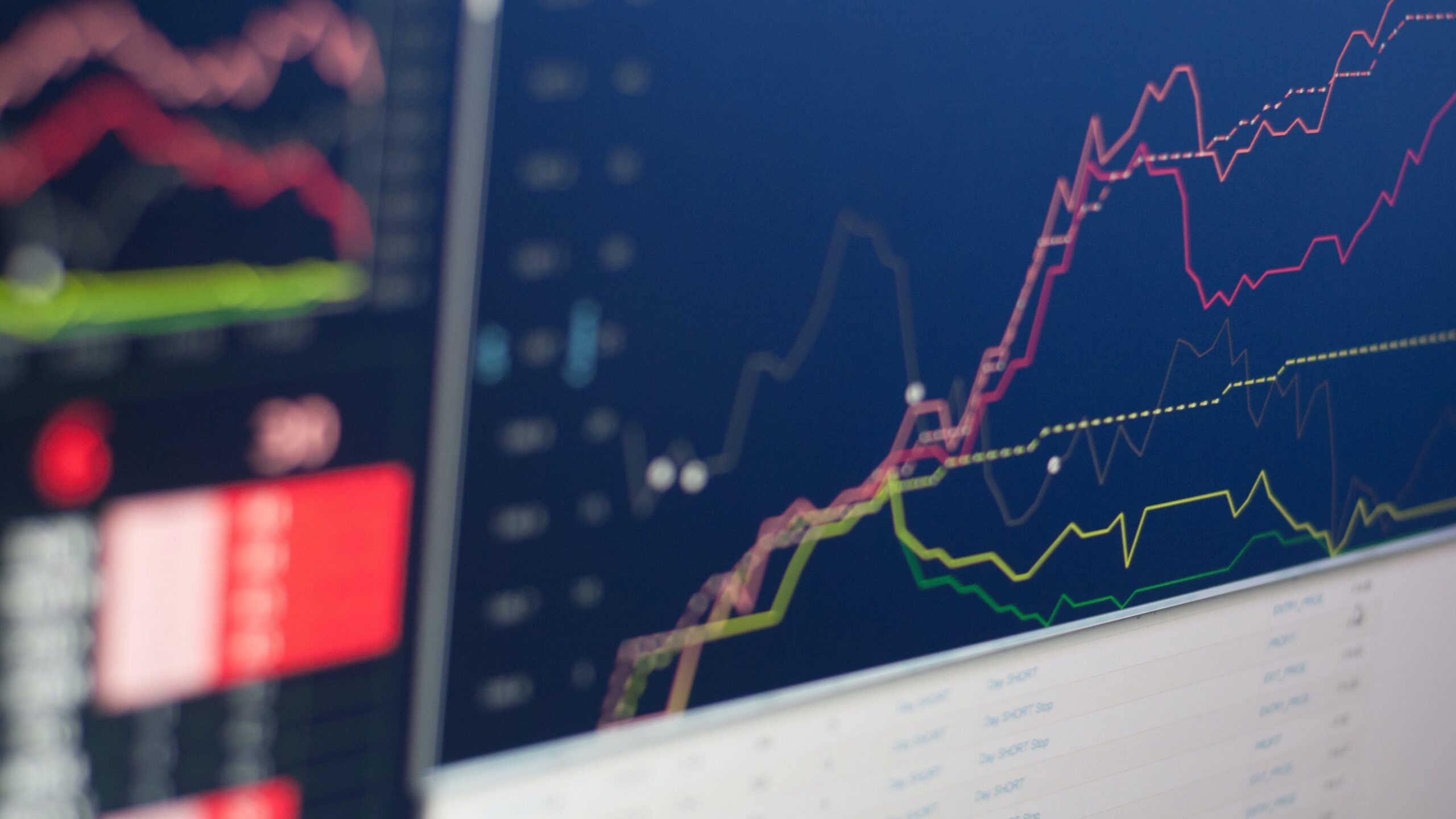
Raise Interest Rates
At the FOMC meeting, the Fed can increase the fed funds rate. In turn, banks charge interest to their customers so any increase in the fed funds rate leads to a corresponding increase in short- and long-term interest rates, from credit card rates to mortgages.
Tighten Money Supply
The Fed can also reduce the number of treasuries and mortgage-backed securities it owns through quantitative tightening measures. In this situation, the Fed can either sell assets on the open market or let them reach maturity. When this happens, the Treasury department removes them from cash balances, and thus the money “created” by buying these securities has effectively disappeared. As its name implies, this method tightens the Fed’s balance sheets.

What Does Dovish Mean?
Dovish policy is the opposite of hawkish, and refers to policy that favors expansionary monetary policy to achieve maximum levels of employment. Doves are policymakers who implement quantitative easing in an attempt to encourage economic growth and low unemployment.
What is Dovish Monetary Policy?
Dovish monetary policy, or loose/expansionary monetary policy, occurs when the Fed wants to stimulate the economy. Dovish economists want to maintain low interest rates to encourage borrowing by consumers and businesses.
When interest rates are lower, the cost of borrowing is decreased which increases the demand to borrow. Consumers will borrow and spend more, leading to an increase in the demand for goods and services. In turn, businesses tend to hire more and expand production, leading to economic growth. Lower interest rates impact both individual borrowers and businesses, as it is also less costly for businesses to take out loans to support expansion.
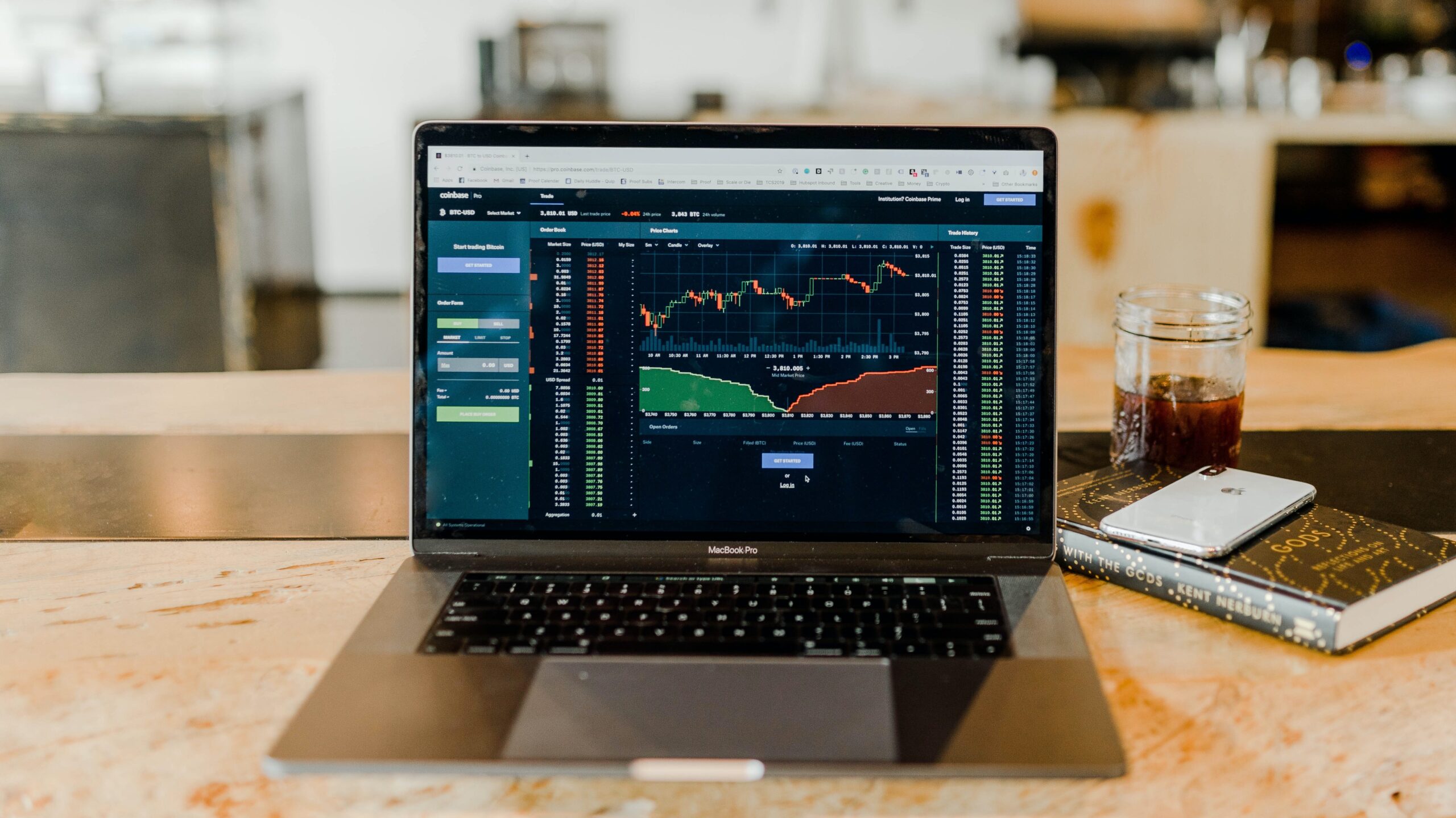
The Fed can also increase the money supply with open market operations by buying more government bonds. This essentially creates more capital.
The risk to lowering rates and increasing the money supply is that the economy grows too rapidly. An expanding economy tends to lead to higher prices which can create an inflationary spiral.
Can an Economist Be Both a Hawk and a Dove?
Yes, an economist can be both hawkish and dovish. Most economists do not name themselves as either a dove or a hawk, but instead, experts, media, and colleagues tend to explain the actions of an individual as either hawkish or dovish. These terms are used more to describe the policy change as opposed to the individual’s overall views.
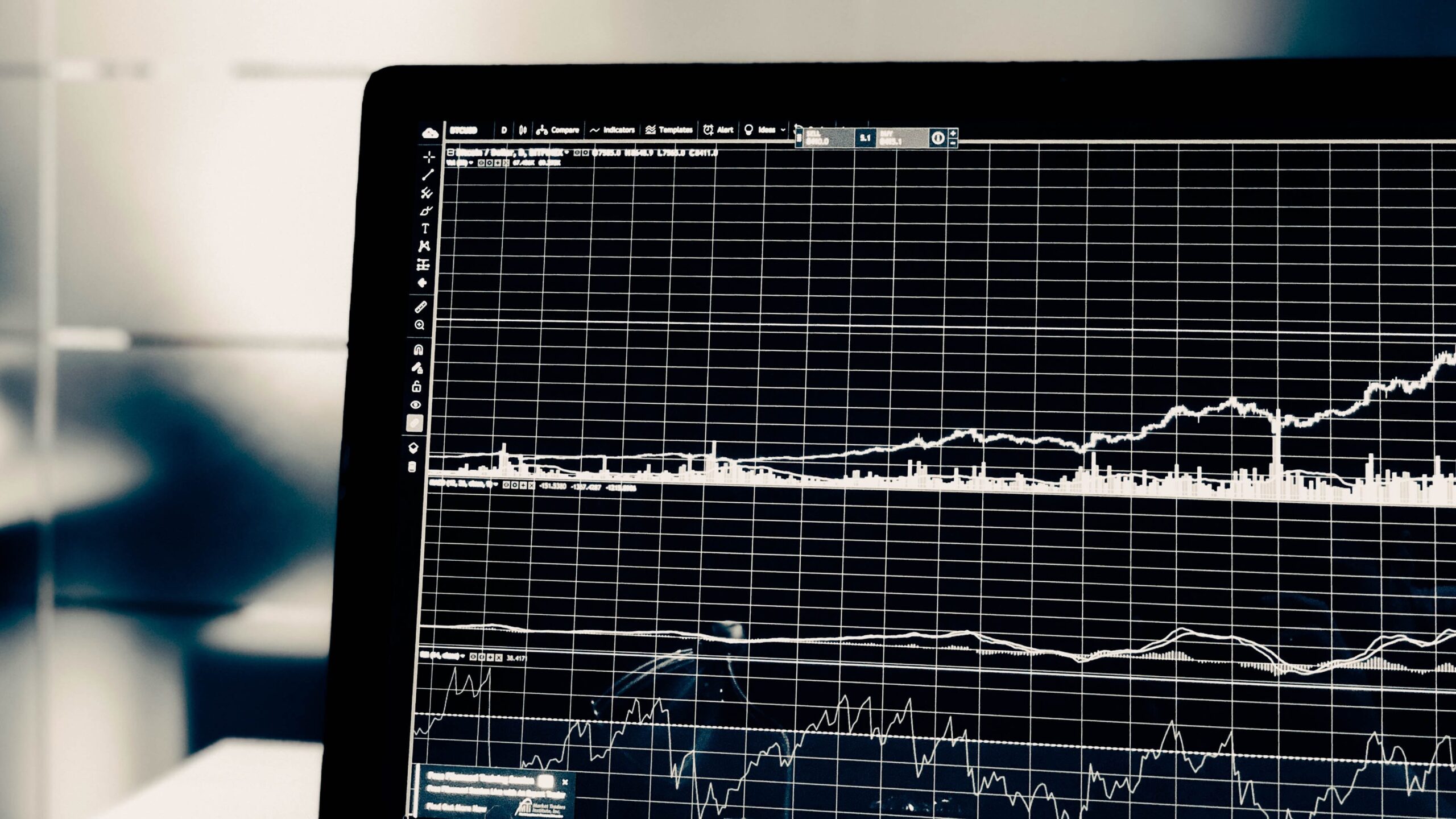
For example, Jerome Powell was considered a centrist before he was selected as the Federal Reserve Chair. Prior to the 2022 rate hikes, the Fed had remained dovish, keeping interest rates low for an extended period of time. In an emergency response to the Covid-19 pandemic, the FOMC lowered the target rate by 150 basis points in one month, bringing the fed funds rate to the lowest it had been since their response to the financial crisis of 2008.
However, when the inflation rate began picking up at the beginning of 2022, the Fed made a stark shift to hawkish policy by raising interest rates at the steepest rate since the inflation crisis of the 1970s. It is not uncommon for economists to change their response to market conditions, and, in turn, have the media change their designation of someone.
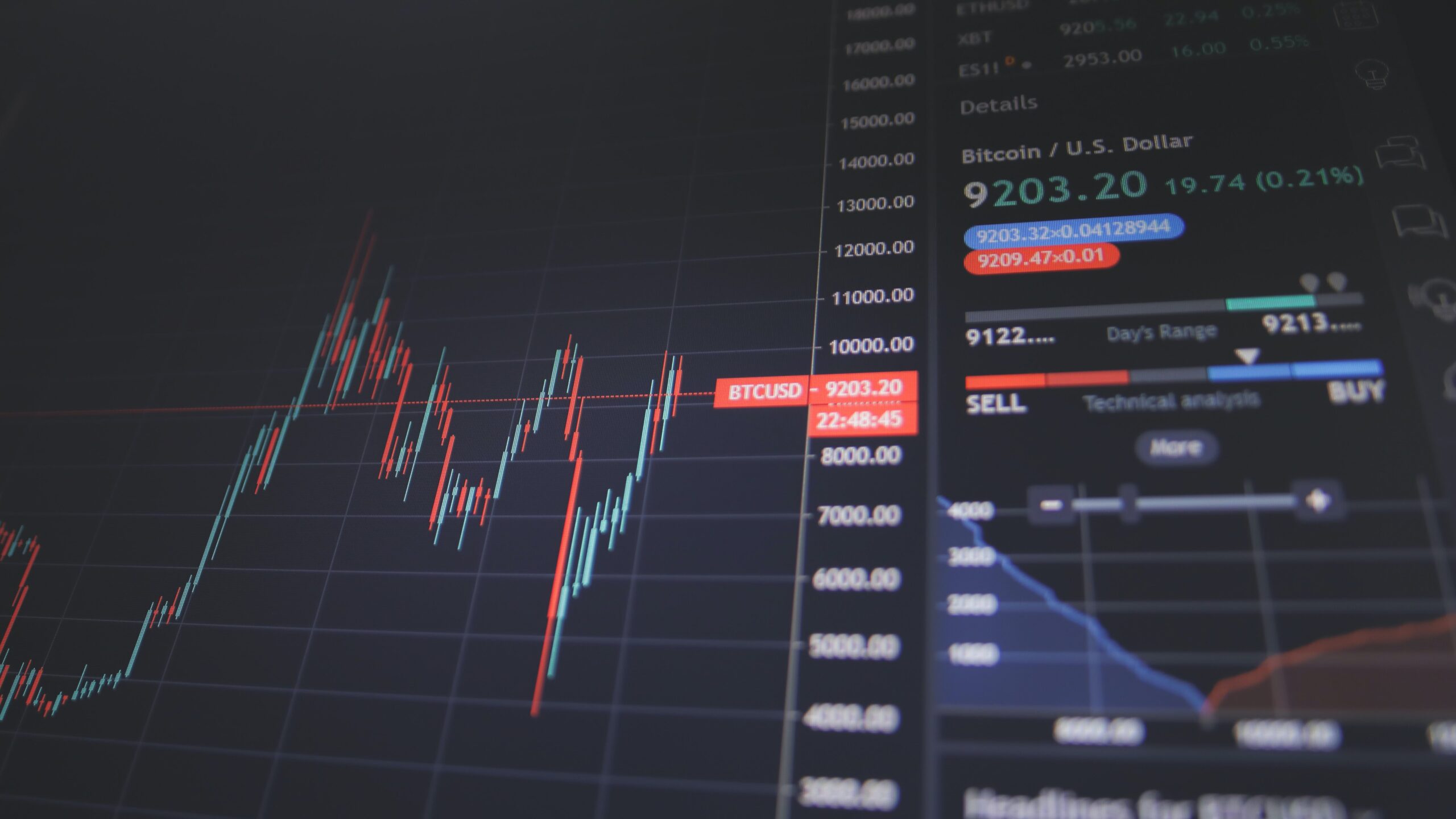
The Bottom Line
The Federal Reserve works to balance its two primary goals: price stability and maximum employment. Dovish monetary policy focuses on maximizing employment through lowering interest rates and increasing the money supply. Hawkish monetary policy focuses on controlling inflation through raising interest rates and tightening the money supply.
This material is provided for informational and educational purposes only. It is not intended to be investment advice and should not be relied on to form the basis of an investment decision.